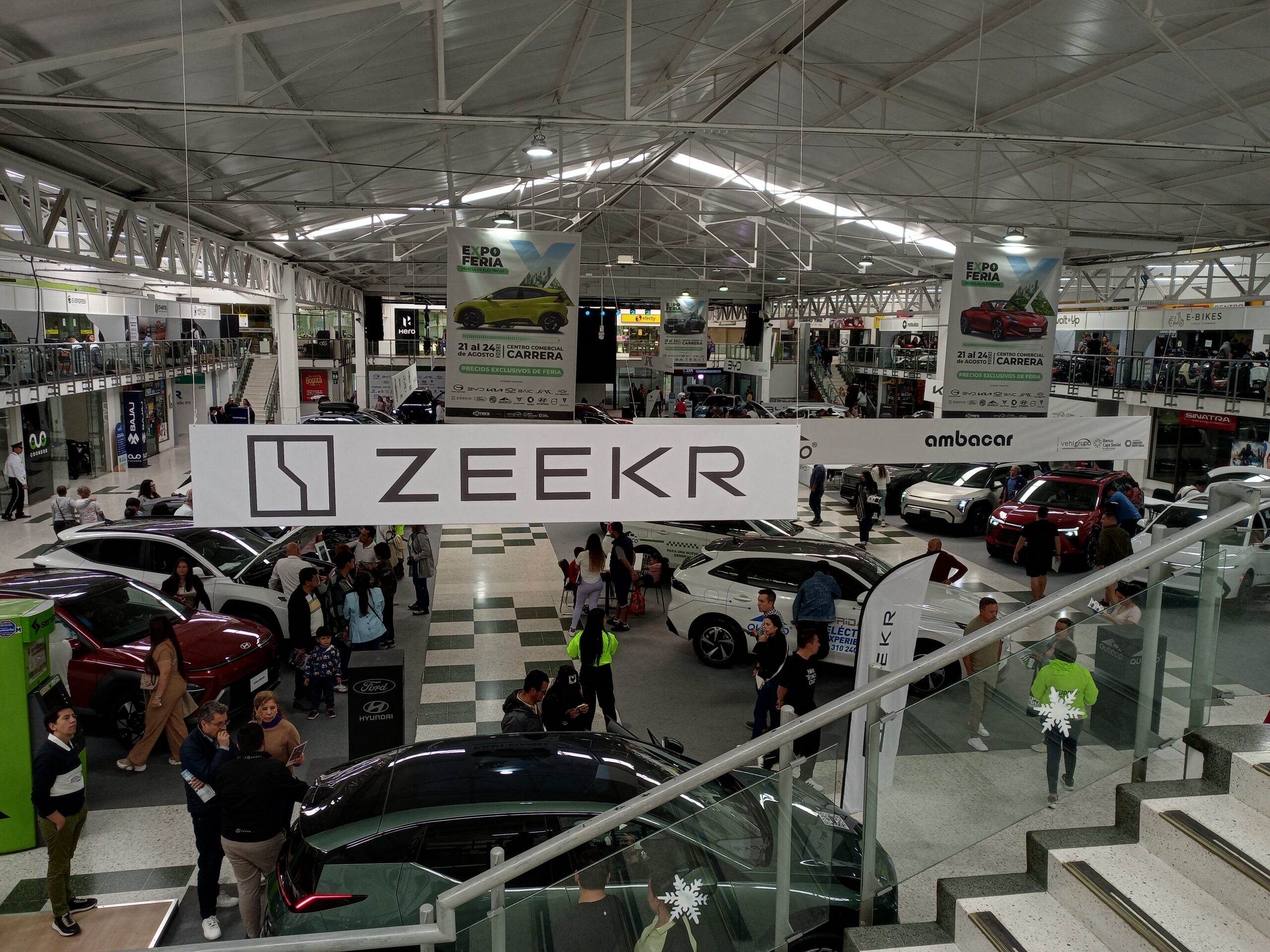Sign up for daily news updates from CleanTechnica on email. Or follow us on Google News!
US Vice President Kamala Harris said this week that she would offer tax credits to companies that increase “good union jobs” like the ones that the steel industry brought to Pennsylvania. Harris also said she would prioritize investments in strengthening factories and retooling existing ones. The comments came in a speech that focused on the middle class and that also embraced autoworkers.
The Harris policy announcement stands in stark contrast to decades of trickle-down economics that drove manufacturers overseas at the expense of good-paying manufacturing jobs. The US constantly exported jobs and imported products, while other countries surpassed the US in critical sectors like infrastructure, clean energy, semiconductors, and biotechnology.
On Friday night, former President and current Republican presidential candidate Donald J. Trump told a crowd at Macomb Community College that, if he’s elected this fall, he’s going to bring back Michigan’s auto industry “at levels that have never been seen before.” The Harris campaign released a statement in response to Trump’s Michigan visit, stating that he was “one of the biggest losers of manufacturing in American history” and a President who “cut taxes for corporations, encouraged outsourcing, and lost nearly 200,000 manufacturing jobs, including auto jobs.”
 Chip in a few dollars a month to help support independent cleantech coverage that helps to accelerate the cleantech revolution!
Chip in a few dollars a month to help support independent cleantech coverage that helps to accelerate the cleantech revolution!
The Biden-Harris administration’s Investing in America agenda, in contrast, infused more than $170 billion in investments in electric vehicle (EV) and battery supply chain manufacturing — no other country surpassed such an EV manufacturing investment. By 2035, EVs could potentially account for 71% of US car sales, according to the IEA, which adds that EVs are expected to increase from 80% to 100% by 2050.
Nonetheless, there are many unknowns about how the transition to battery-electric transportation will impact US autoworkers. Even with contractual progress in working conditions, autoworkers seem to have a gnawing sense that the future for US automotive sector manufacturing is uncertain. And autoworkers are at the heart of the Democratic Party’s challenge to hold on to traditional union votes in November.
Isn’t There A UAW-Harris Synergy?
Last fall, UAW President Shawn Fain called upon autoworkers to participate in a rolling strike against the Big 3 automakers. The move worked, with the UAW gaining concessions and the largest pay raises in years. President Joe Biden walked a picket line with strikers and became the first sitting president to do so.
Ford UAW members now are paid at top levels of more than $40 an hour over a new four-year contract. In September, 1000 autoworkers at the Spring Hills’ Ultium Cells plant signed cards to join the United Auto Workers (UAW), and General Motors (GM) agreed to recognize their union.
The UAW has also launched its most ambitious political program in decades for an all-out effort to elect Kamala Harris as the next President of the United States. The Union’s program includes mobilizing UAW members online, at worksites, and in the field with a door-to-door program to reach members, retirees, and their families around a pro-worker, anti-Corporate Greed agenda.
The synergy among Democrats and the UAW has at times seemed quite strong, and most major US unions, including the UAW, have endorsed Harris, denouncing the Project 2025 agenda as dangerous to organized labor and the working class.
Yet a pro-Harris UAW stand isn’t fully rosy, not at all.
Trump’s Tough Guy Demeanor Persuades Some Autoworkers
The Democratic party faces a dilemma due to inconsistencies among autoworkers’ politics. It’s uncertain whether the UAW contractual wins translate into votes for Harris from autoworkers who had already committed to Trump. For example, Ford’s Michigan assembly plant just outside Detroit contains auto workers who are divided among camps of Trump fanatics, Harris fans, and undecided voters, as chronicled by the Washington Post.
As president, Trump supported a labor agenda that severely restricted union power, including installing pro-business NLRB appointees whose policies made it harder for workers to join unions.
Trump joked in a live X bro’-billionaires conversation with CEO Elon Musk about firing striking workers. The UAW soon after filed federal labor charges against what it calls “disgraced billionaires Donald Trump and Elon Musk” due to their illegal attempts to threaten and intimidate workers, whether explicitly or implicitly. Workers who self-advocate for better working conditions by engaging in protected concerted activity, such as strikes, cannot be fired under federal law — even threatening to do so is illegal under the National Labor Relations Act.
The former president adapts a construct to almost any audience in which he evokes a vision of a nation wracked by crime, economic blight, and an immigrant invasion.
Will Trump’s forceful insistence about the dismal state of the US appeal to autoworkers?” As Harris continues to refine her positions on key issues, will she convince undecided autoworkers?
Democratic & Republican Manufacturing Numbers Speak For Themselves
Some union members who are inspired by Trump’s appeals to restore manufacturing jobs and impose tariffs on imports might be advised to do a close reading of Biden-Harris administration manufacturing numbers.
Forbes reminds us that growing up in southeast Michigan in the 1970s and ’80s provided a front row seat for the American auto industry’s downward slide. Auto factories were closing, workers were getting laid off, and communities were suffering as foreign automakers gained market share. That trend has been reversed, with help from the Inflation Reduction Act. The current federal strategy is positioning US manufacturing to compete in next-generation transportation technologies. While the US is making progress, European and Chinese markets currently lead in EV adoption.
The US auto industry added over 250,000 jobs under the Biden-Harris administration after losing 90,000 jobs under the Trump administration. Recent US Bureau of Labor Statistics data suggest that a revitalization for US vehicle manufacturing jobs is already happening. As of June 2024, vehicle manufacturing jobs reached a 34-year peak in the US, representing the strongest growth in a generation. Nearly 900,000 US workers are currently responsible for manufacturing large auto parts or systems and assembling final internal combustion engine vehicles at original equipment manufacturers (OEMs) and Tier 1 suppliers.
More than 20 auto and battery plants have been announced under Biden-Harris, while no new net plants were opened under the previous Administration.
Similar trends are evident in the broader category of transportation equipment manufacturing, which includes vehicle assembly, engine manufacturing, parts suppliers, aircraft, and off-road vehicle production. Employment in this sector has reached a 22-year high, returning to levels last seen in 2002.
During the Biden administration, the US added an average of 19,500 vehicle manufacturing jobs annually, the strongest growth under any recent presidency. During the Trump administration, before the Covid-19 recession, the industry grew by 9,500 jobs per year.
The UAW says that its internal polling over the years has shown that most of its members support Democratic candidates. The union says it feels confident a majority will also support Harris in November.
Yet that expression of confidence is not an answer to the question posed in the headline to this article. Only the November 5 election will tell, and, if voter fraud accusations sound through the airwaves, we may not know the extent to which autoworkers influenced the 2024 US Presidential election for months after the polls close.

Have a tip for CleanTechnica? Want to advertise? Want to suggest a guest for our CleanTech Talk podcast? Contact us here.
Latest CleanTechnica.TV Videos
CleanTechnica uses affiliate links. See our policy here.
CleanTechnica’s Comment Policy





